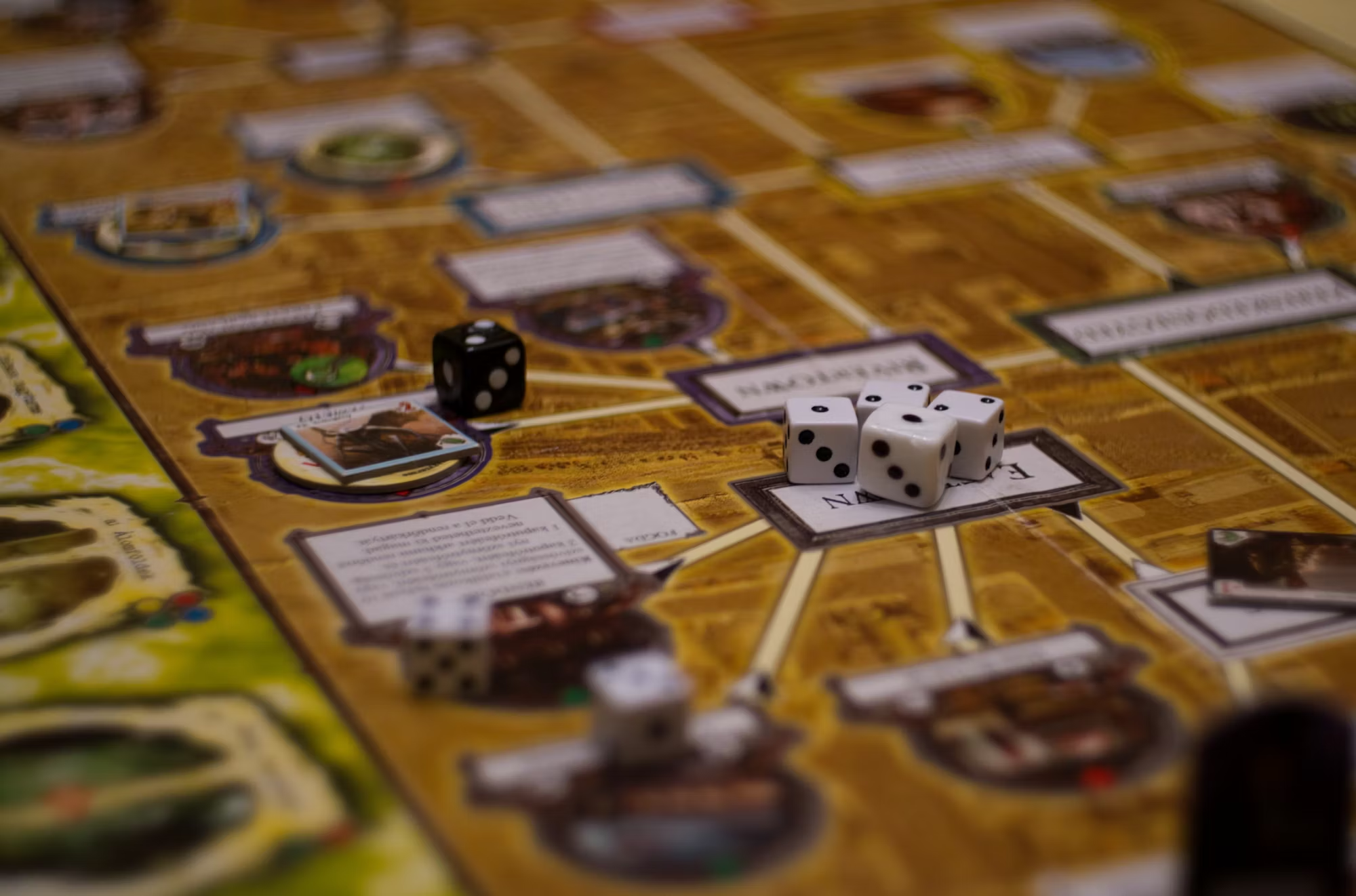Game design is an intricate and creative process that combines art, technology, and storytelling to create immersive experiences for players. As the gaming industry continues to evolve, understanding the principles of game design has become essential for developers who aim to capture the hearts and minds of gamers. In this article, we will explore the key elements of effective game design, the significance of player engagement, the role of narrative, and the impact of innovation in the gaming landscape.
The Foundations of Game Design
At its core, game design is about creating interactive experiences that resonate with players. This process begins with the foundational elements of gameplay mechanics, dynamics, and aesthetics. Mechanics refer to the rules and systems that govern how a game operates, including actions players can take, challenges they face, and how they interact with the game world. Dynamics involve the player’s experience as they engage with these mechanics, while aesthetics encompass the emotional responses elicited by the game.
An effective game design starts with a clear understanding of the target audience. Developers must consider the preferences, motivations, and skill levels of players to create experiences that are both engaging and accessible. This understanding informs the game’s mechanics and dynamics, ensuring that they align with player expectations and desires.
Player Engagement: The Heart of Game Design
Player engagement is a crucial aspect of game design that determines whether a game will be successful or fall flat. Engaged players are more likely to invest time in a game, share their experiences with others, and return for more play. Several strategies can enhance player engagement:
1. Challenge and Skill Balance: Games should provide an appropriate level of challenge that matches the player’s skill level. This balance keeps players motivated without overwhelming them. Developers often use systems like the flow state, where players experience optimal engagement when challenged just enough to stretch their skills.
2. Feedback and Rewards: Providing immediate and meaningful feedback is vital for player engagement. Players should feel a sense of accomplishment for their actions, whether through points, achievements, or narrative progression. Reward systems help reinforce positive behaviors and encourage players to explore the game further.
3. Community and Social Interaction: Many successful games incorporate social elements, allowing players to connect and collaborate with others. Multiplayer modes, cooperative gameplay, and in-game chat systems foster a sense of community, enhancing player retention and enjoyment.
The Role of Narrative in Game Design
Narrative plays a significant role in shaping player experiences. A well-crafted story can immerse players in the game world, making their actions feel meaningful and impactful. Effective storytelling in games often involves:
1. Character Development: Players connect with characters that have depth, personality, and relatable motivations. Strong character arcs and development keep players invested in their journey, creating emotional connections that enhance the overall experience.
2. World-Building: The game world should be rich and immersive, filled with lore, history, and engaging environments. Detailed settings encourage exploration and allow players to discover hidden stories, adding layers to the gameplay experience.
3. Player Choice and Consequence: Allowing players to make choices that affect the narrative outcome can deepen their investment in the story. Games like The Witcher series and Mass Effect excel in offering branching storylines, where decisions lead to different consequences, enhancing replayability and player agency.
Innovation in Game Design
Innovation is the lifeblood of the gaming industry, driving the development of new mechanics, technologies, and experiences. As players become more sophisticated, game designers must continuously push the boundaries of creativity. Several trends illustrate the innovative spirit within game design:
1. Virtual Reality (VR) and Augmented Reality (AR): These technologies have opened up new possibilities for immersive gameplay. VR allows players to step into fully realized worlds, while AR blends digital elements with the real world. Games like Beat Saber and Pokémon GO demonstrate how these technologies can create unique and engaging experiences.
2. Procedural Generation: This technique allows developers to create vast and varied game worlds without the need for exhaustive manual design. Games like No Man’s Sky utilize procedural generation to provide players with endless exploration opportunities, making each playthrough feel fresh and unique.
3. Cross-Platform Play: The ability for players on different platforms to engage with each other has transformed the multiplayer landscape. This innovation fosters larger communities and allows friends to play together regardless of their chosen hardware, enhancing social connections within the gaming experience.
The Importance of Iteration and Testing
A successful game design process involves rigorous testing and iteration. Prototyping allows developers to explore new ideas and mechanics while gathering player feedback. Testing helps identify areas for improvement, ensuring that gameplay is polished and enjoyable before launch. This iterative approach is crucial for fine-tuning game mechanics, narrative pacing, and overall player experience.
Conclusion
The art of game design is a multifaceted process that requires a deep understanding of player psychology, narrative construction, and innovative technologies. By focusing on player engagement, crafting compelling narratives, and embracing innovation, developers can create immersive experiences that resonate with audiences. As the gaming industry continues to evolve, the principles of effective game design will remain essential in shaping the future of interactive entertainment, offering players new and exciting worlds to explore and enjoy.





